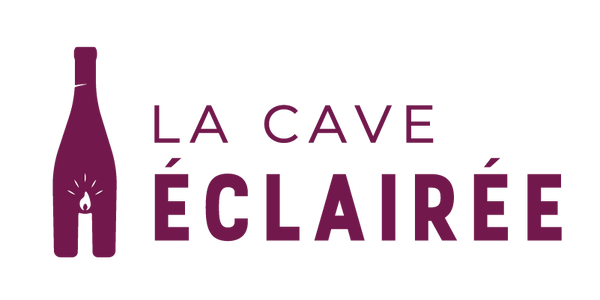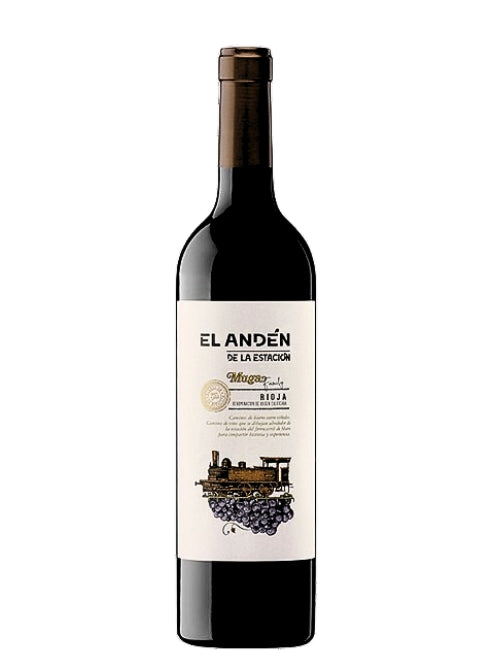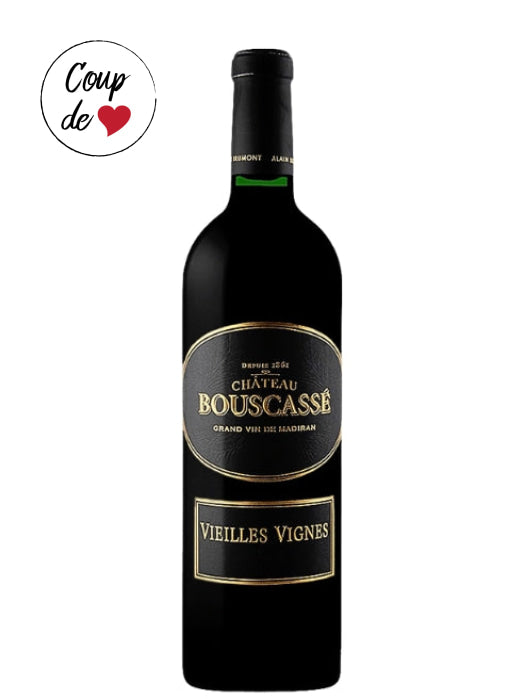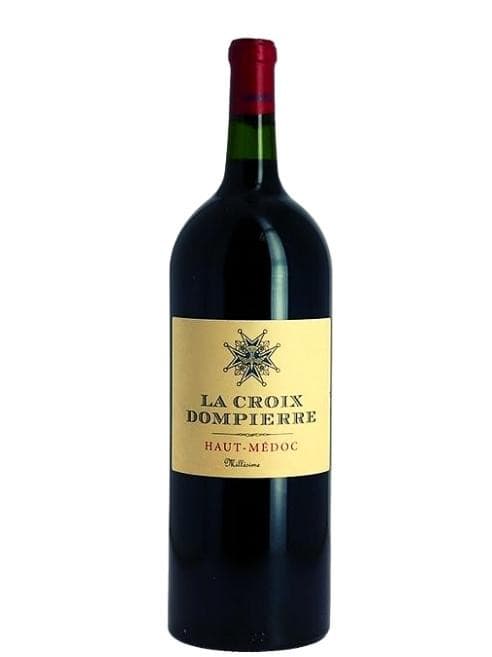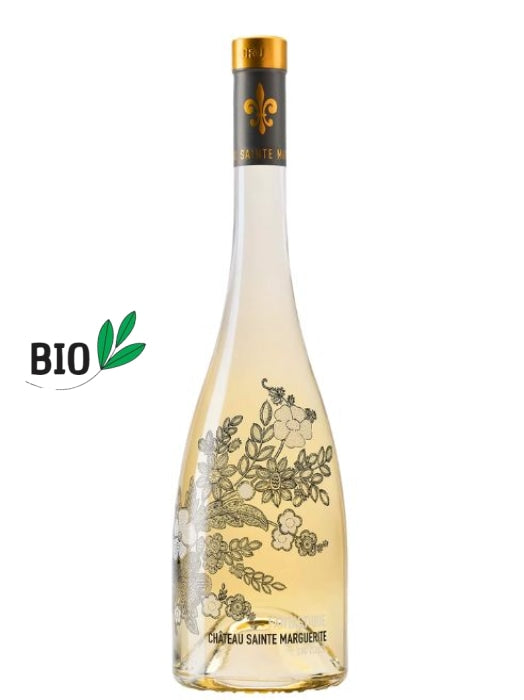The fascinating world of wine extends far beyond the simple immediate tasting. Thus, if the majority of wines produced in the world are to be appreciated during their relative youth, certain vintages are capable of to cross time while improving , thus creating a category called " wines for laying down " . These exceptional bottles, rewarding our patience , offer a unique sensory experience and memorable.
In this article, we will explore the subtleties of this style of wine. by examining their characteristics and trying to understand why some vintages are more suitable for aging than others . We will finish by giving you all our advice on how to best preserve your favorite bottles, whether they are for storage or not!
So, pour yourself a drink (in moderation) and embark on a time-defying journey!
What is a wine for laying down? ?
As said in the introduction, a cuvée for laying down is a wine capable of lasting over the years while improving .
Although there is no legal age limit to define this type of wine, The Illuminated Cellar , we believe the classification below is adequate. As a reminder, the peak of a wine is the moment when it reaches its optimum potential to be tasted. This is therefore THE moment when you should open your bottle.
- Peak under 1 at 5 years old : wines to drink when young and which do not do not gain in complexity over time. Their bouquet essentially expresses primary aromas (fruits, flowers, spices) and secondary (from fermentation: butter, brioche, toast etc.).
- Peak between 5 to 10 years : medium-aged wines. This type of vintage benefits from being kept in the cellar for a few years in order to mature. Here, tertiary aromas (related to aging: wood, vanilla, humus, undergrowth, leather, etc.) can appear and make the wine more complex.
- Peak after more than 10 years : wines for long aging. Here we enter the very definition of wines for aging: vintages that can be kept 10, 20, 50 years, or even more in the cellar! These are bottles whose aromatic complexity and grandeur are revealed only thanks to the work of time. It is then necessary to be patient in order to appreciate them at their peak.

What are the characteristics of wines for laying down? ?
A wine's ability to age well is influenced by a multitude of factors. Here are the most important ones.
- The grape variety : This is the type of grape used. Some varieties have in fact tannins powerful , a high acidity or even a expressive aromatic , all factors contributing to the good longevity of a vintage.Tannins actually do the job of antioxidants while acidity builds the spine wine. Finally, a bottle expressing few aromas in its youth will have a lot of trouble becoming tastefully interesting as the years go by.
- The work of the winemaker : If the creation of wine is a completely natural process, he cannot however exist of wines to be kept without human intervention The role of the winemaker and his choices are therefore preponderant. Vineyard management, choice of grape varieties, winemaking processes, types of aging (see next point) are all decisive points of reflection when it comes to creating a wine (for aging or not!).
- Breeding : stainless steel tank, concrete tank, oak barrel, tuns or amphora are all containers within which a wine can be raised. Thus, at For example, the aging of a vintage in oak barrel or in amphora (porous materials), will allow it to know A measured exchange with oxygen . Once bottled, this same wine will therefore be able to resist it better because, let us remember, it is the contact of the wine with oxygen which causes it to evolve...both positively and negatively!
- The vintage : Man does not do everything (and fortunately so)! The climate plays a decisive role in the aging capacity of a wine . Thus, a good vintage (sunshine, adequate temperatures, etc.) will give the same vintage a much better aging potential than a cool, rainy year.
Other elements like the terroir or even the quality of the plant material (choice of clones, age of vines etc.) participate also to the longevity potential of a wine.
So, in the end, how do you know if you have a wine in your cellar that can be kept? Well, find out about all the factors mentioned above and don't hesitate to ask La Cave Éclairée or the producer for advice!
Examples of wines for laying down
THE red wines are probably the first type of vintages coming has mind when we talk about "wines for laying down". However, white wines , sweet wines , champagnes and even rosés all have in their category delicious bottles capable of crossing the years while improving! Here are some examples of appellations and regions known for their wines for laying down.
Red wines for laying down
Red wines for laying down are often distinguished by a robust tannic structure during their youth as well as a marked acidity , although balanced. In addition, they know regularly (but not automatically) a breeding in oak barrels, which, skillfully dosed, adds an extra layer of complexity.
- Bordeaux : It is probably THE region that everyone thinks of when the notion of wines for laying down is mentioned.It is true that the grape varieties Cabernet Sauvignon , Merlot And Cabernet Franc stand out for creating this type of vintage. It is also true that the Bordeaux vineyard has a myriad of prestigious appellations and Great Growths dedicated to this type of wine. Pauillac , Saint-Estephe , Saint-Julien , Margaux , Pessac-Leognan or even Saint-Emilion And Pomerol are all examples of this.
- Burgundy : if the Pinot noir is a low-tannin grape variety, its natural acidity as well as its delicious aroma, coupled with qualitative classified terroirs First Growth Or Grand Cru , also allow the creation of wines for laying down. Appellations such as Gevrey-Chambertin , Pommard , Nuits-Saint-Georges Or Chambolle-Musigny perfectly embody that.
- Rhone Valley : with the Syrah to the north, and the grape varieties Grenache And Mourvèdre Further south, the Rhone Valley produces delicious red wines for laying down. AOCs such as Roasted Rib , Hermitage Or Chateauneuf-du-Pape are in fact among the most prestigious in France.
- Languedoc-Roussillon : France's largest wine region is full of great wines . The names Pic-Saint-Loup , Minervois or even certain PGIs such as that of Catalan Coasts all have fantastic terroirs allowing the creation of vintages with long aging potential.
- Southwest : Madiran and its Tannat grape variety, Bergerac and its triptych of Bordeaux grape varieties, Cahors and his illustrious Malbec ...here are three proofs that the South-West can also produce great red wines for laying down!
Of course, this is not an exhaustive list! Many other regions and countries also produce red wines for laying down. For example, we could mention Italy ( Chianti , Brunello di Montalcino , Barolo etc.) and its grape varieties Sangiovese and Nebbiolo or even the Spain, where the Tempranillo makes the appellations shine Rioja And Ribera del Duero .
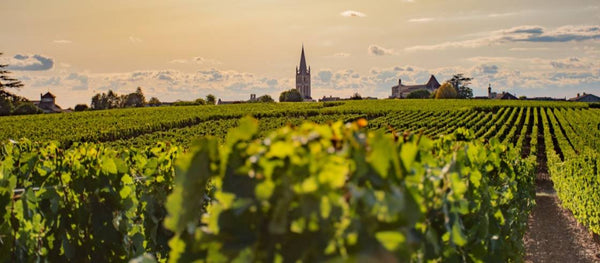
White wines for laying down
White wines can also have good aging potential. Acidity, aromatics, terroir and the winemaker's vinification are the key factors here.
- Loire : on AOCs such as Savennières Or Vouvray , the grape variety Chenin can produce stunning wines, capable of withstanding several decades of aging.In rarer cases, the Sauvignon ( AOC Sancerre Or Pouilly-Fumé ) can also produce white wines with great longevity.
- Alsace : The Alsace region is a true wine wonder, particularly renowned for its production of characterful white wines. Here, the 3 most emblematic grape varieties are the Riesling , THE Gewurztraminer and the Muscat . Producing vintages Although they have very different characteristics, these three varieties have in common their ability to produce incredible white wines for laying down.
- Burgundy : THE Chardonnay is the flagship white grape variety of Burgundy. With it, wines can be made minerals as to Chablis Or Puligny-Montrachet or else powerful , fat and opulent as in Meursault Or Corton-Charlemagne . Whatever its style, on interesting terroirs, this variety produces some of the greatest white wines in the world.
Again, this is a non-exhaustive list and other vineyards like Condrieu in the Rhone Valley (grape variety Viognier ) or even Pacherenc of Vic-Bilh (Little Courbu, Big manseng , Petit Manseng etc.) in the South West can also produce great white wines for laying down.
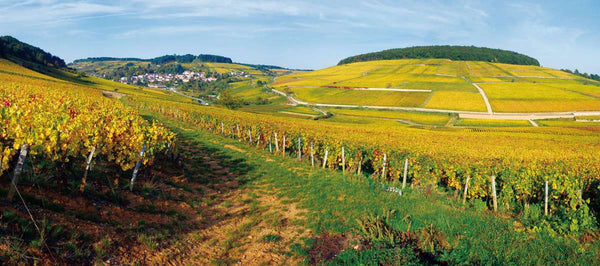
Other wines for laying down: rosés, champagnes and sweet wines
If red wine and white wine are the two main categories wines for laying down, champagnes, sweet wines and even rosés can also improve in the cellar over the years!
- Champagnes : the most beautiful effervescent from France can definitely be kept for a long time! Indeed, although the majority of champagnes are intended for consumption relatively fast (1 to 5 years maximum), some exceptional vintage bottles for the most part, are able to defy time.
- Sweet wines : Many sweet wines have a good aging capacity thanks to their natural acidity as well as their sugars , acting as natural preservatives . Sauternes , sweet chenins from Loire or Natural Sweet Wines from Roussillon ( Maury , Banyuls etc.) illustrate this perfectly.
- Rosés : It is certainly rare to come across rosé wines for laying down. However, certain appellations such as Bandol Or Palette in Provence can sometimes vinous rosés with a real aromatic and sometimes even tannic structure. This is also the case for some Coasts of Provence .
Finally, other wines like the Yellow wine in the Jura They also defy time. Thus, in 2018, a Vin jaune dating from 1774 (you read that right) was sold at auction for €103,700!

How to properly store your wines ?
Now that you have a better understanding of wines for laying down as a whole, a question arises: how to store them properly? Because it's all well and good to have bottles with incredible aging potential in your cellar, but if you don't store them the right way, you risk being disappointed when you open them!
So here are the 6 rules to absolutely respect so that your bottles age harmoniously.
- Adapted humidity : a percentage humidity from 70 to 80% minimum is ideal so that the corks of your bottles do not dry out. The risk: excessive contact with oxygen, permanently killing your wines.
- Protected from light : natural as well as artificial, Light is the enemy of wine. A defect named "taste of light" exists even! Indeed, prolonged exposure of your bottles to light can give your precious bottles a taste of cauliflower or rubber particularly unpleasant.
- A constant temperature : an oscillating temperature between 12° and 14°C is ideal for storing your bottles. Beyond that, the wine ages more quickly. Below that, your vintages will evolve more slowly.
- Horizontal storage : your bottles should be stored horizontally so that the wine remains in contact with the cork. Again, the risk here is that the cork will dry out, thus causing premature oxidation of your precious nectar.
- Good ventilation and no odors : Over time, the wine can become impregnated with surrounding odors. So avoid storing paint or garlic right next to your vintage nugget!
- No vibes : Wine likes calm. Vibrations and other movements accelerate its aging and weaken it. So be careful with household appliances, the metro or cars.
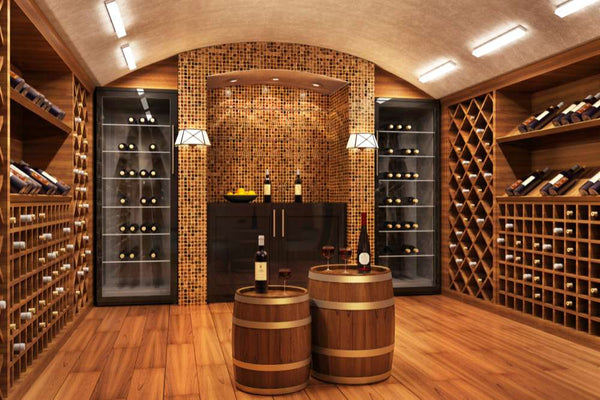
You are now a connoisseur of wines for laying down! All you have to do now is make your choice wisely among all the vineyards mentioned above, while remembering to store your purchases correctly afterwards! Health and do not hesitate to call on The Illuminated Cellar For perfect your selection, we are here to listen to you and provide advice and insight (do you have it?😉 ).
